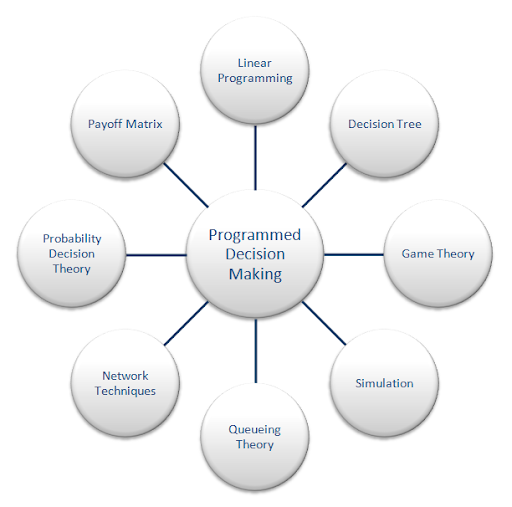Decision-Making Technique Matrix

• Identify 4 techniques or processes for effective decision-making in project management.
• Describe the effectiveness or efficiency of each decision-making technique or process.
• Provide a rationale for the use of each technique or process.
• Provide a real world example.
Sample Solution
A decision matrix is a decision-making tool which assesses and prioritizes various courses of action during project life cycle. In standard projects, the tool accentuates the necessity for the team to prioritize a list of weighted criteria and subsequently evaluates each option against those criteria. This is a variation of the L-shaped matrix. There are a number of instances in which decision making matrices are preferred. For instance, when a list of options must be narrowed to one choice, as well as in instances where the decision must be made on the basis of several criteria. In addition, it may be necessary for project managers to consider reducing the number of options to manageable magnitudes through list reduction.

